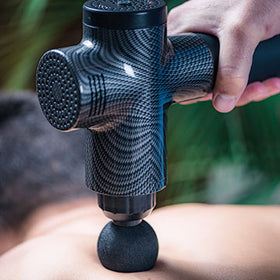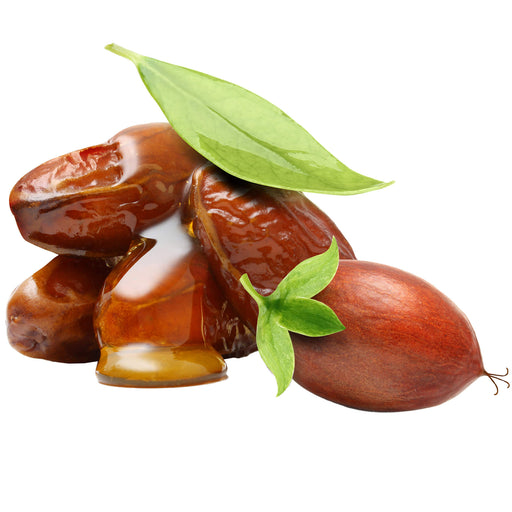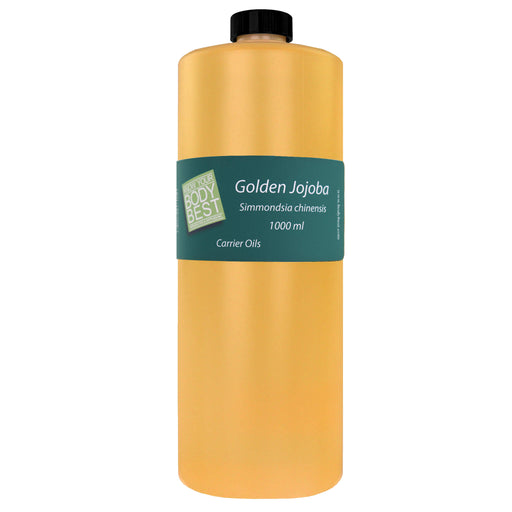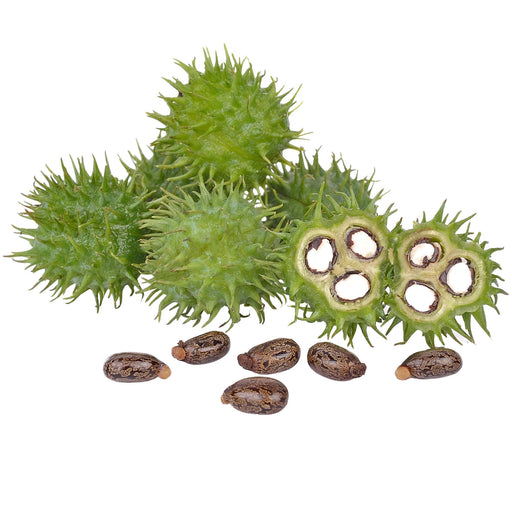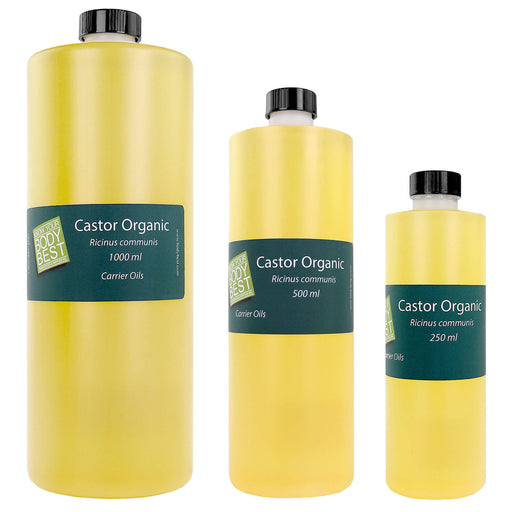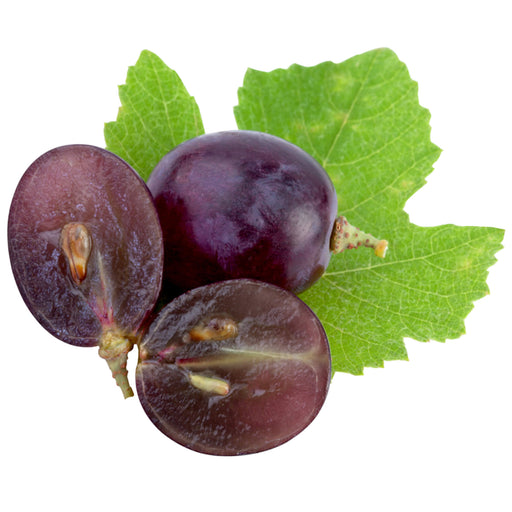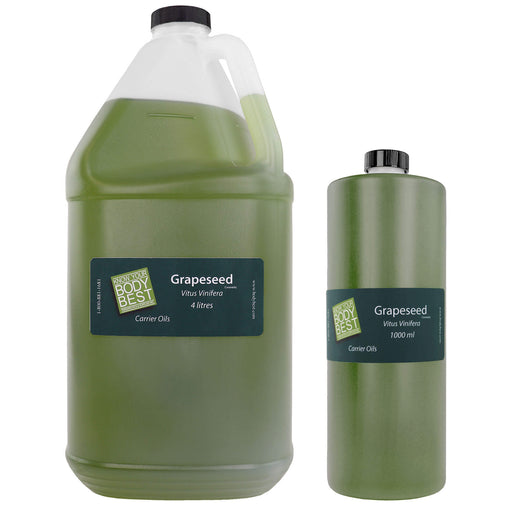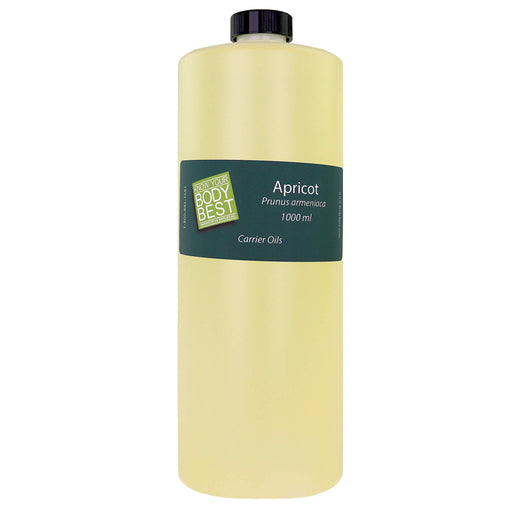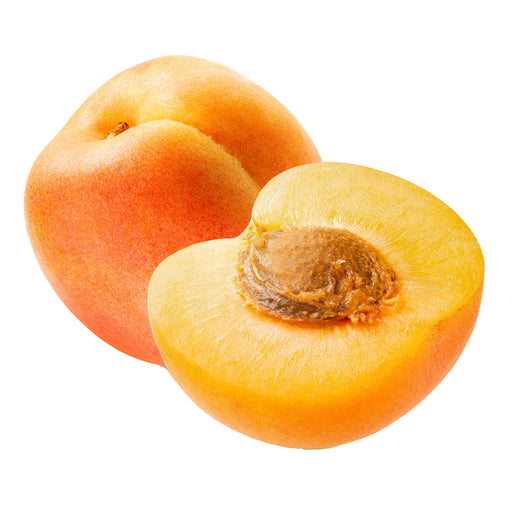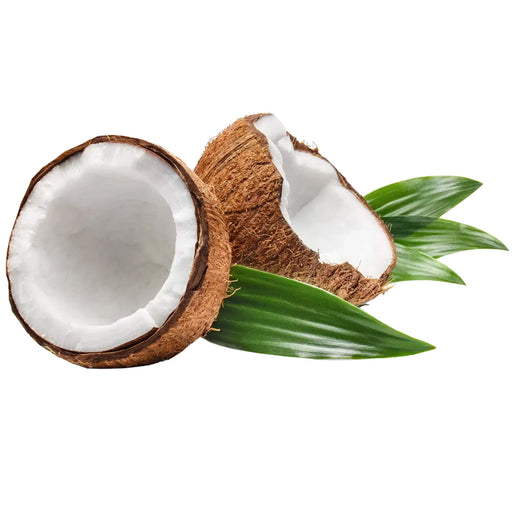over $250.00

Recycling Lotion Bottles
Recycling Your Lotion Bottles
As practitioners in the massage and therapeutic fields, we go through a fair amount of single use plastic items. Massage lotions, oils, creams, and gels are traditionally packaged in plastic tubes, jars, jugs, and tubs. Over the period of a whole career, that all adds up to significant use of plastics. It leads us to ask, "What about recycling lotion bottles?"
The good news is that we can make the right choices and recycle nearly all of the plastic containers we use to reduce our environmental impact. With very little effort, we can work the recycling of lotion bottles into our workflow, and at least use these plastics with something of a clear conscience.
We love the Flip-It Bottle Emptying Kit! This simple kit allows every single drop of product to be used as it was meant for. It holds bottles and jugs upside down and lets gravity make the most of your lotion purchase. Why not use every drop of the product you've paid for?
Let's look at options on how to recycle lotion bottles.
Rigid Plastics
Lotions, oils, gels, and creams (as well as shampoo, skin creams, sunblock, etc) are packaged in what is known as rigid plastics. All rigid plastic packaging in Canada should indicate, either on the label or stamped on the bottom, its recycling status. Plastic bottles stamped or labelled #1 and #2 are widely accepted by regional recycling programs.

Plastics stamped or marked #1 are made from PET or PETE (Polyethylene terephthalate). This is the type of plastic used for water and soft drink bottles, cooking oil containers, peanut butter jars, and many other food products. These containers are recyclable and accepted universally by recycling facilities.

Containers stamped #2 are made out of HDPE (high density polyethylene). This plastic is more common in packaging for milk jugs, shampoos, and detergents. Many of the lotion bottles we handle are HDPE plastic, and they are recyclable. Very few recycling facilities would turn these away.
Recycling Lotion Bottles in the GTA
The City of Toronto, among many other recycling regions, collects these materials, sorts them, and sells them on for re-use. The profitability of this process is very low, and the process is not that efficient, but it keeps a massive amount of plastics out of landfills and the greater environment.
Plastic bottles are the number one type of plastic that actually gets recycled. Almost all other plastic waste does not.
How to Recycle Lotion Bottles
1. Make sure they are completely empty.
Don't worry too much about every last trace of residue, but consider storing plastic bottles upside down as the product runs out. Just like one might do with shampoo bottles, it makes good economic sense to get every drop you can.
The Flip-It Bottle Emptying Kit is an absolutely perfect product to attain this end and extract every last drop of product. It makes a great gift, too!
2. Rinse before you recycle.
This rule applies across the board, and the folks working in recycling plants will thank you for it. Massage lotions, particularly those that contain oil, can contaminate other materials in the recycling bin. Just like you should rinse out wine bottles, beer cans, pet food containers, so should lotion containers get a rinse. This will also reduce smells and potential insect infestations.
One super-green way to rinse empty massage lotion bottles is to do so with spent bath water. Other ideas have included keeping an empty gallon jug in the shower, to gradually fill with water that is being used for other purposes.
3. Cap containers.
Recycling programs ask that rigid plastic bottles of all types include their tops, be they pumps, sprayers, or simple caps. This helps prevent spillage in the process. Spillage, once again, can make other materials non-recyclable.
4. Walk it to the curb.
Outside of Nunavut, where a recycling program is unfeasible, all regions of Canada provide us with recycling options, many providing a green bin (or blue bin). Our cities are best suited to handle recycling, and the service is free after all. Follow these steps and the plastic containers will — at the very least — not end up in the environment. Find out more about your local recycling options.
Make a Green Plan
Whether you are a self-employed RMT or you work with others in a clinic setting, we strongly encourage you to take these very simple steps to keep your practice environmentally sound. Please consider these steps as part of your business plan. Our industry is focused on healing, after all, so let's work together to prevent harm. We can all take little steps to reduce our greenhouse gas emissions and increase our recycling rate. Waste management is the place to start.
Please join Body Best on this journey to do what we can to keep our industry ethical and our planet as clean as possible.
Featured collection
-
Original price $14.99 - Original price $59.99Original price
Lowest Price per ml: $0.06
$14.99 - $59.99$14.99 - $59.99Current priceCurrent Price: $14.99
Price Per ml: $0.14
$14.99Golden Jojoba Oil
BodyBestUses and Benefits of Golden Jojoba Oil Golden Jojoba Oil is one of the best massage oils as it can be used for both scalp and body. It is deeply mo...
View full detailsOriginal price $14.99 - Original price $59.99Original priceLowest Price per ml: $0.06
$14.99 - $59.99$14.99 - $59.99Current priceCurrent Price: $14.99
Price Per ml: $0.14
$14.99 -
Original price $11.99 - Original price $29.99Original price
Lowest Price per ml: $0.03
$11.99 - $29.99$11.99 - $29.99Current priceCurrent Price: $11.99
Price Per ml: $0.04
$11.99Castor Oil
BodyBestUses and Benefits of Castor Oil Castor oil is a healing oil that helps soothe muscle aches. Rich in antioxidants, the oil prevents wrinkles, reliev...
View full detailsOriginal price $11.99 - Original price $29.99Original priceLowest Price per ml: $0.03
$11.99 - $29.99$11.99 - $29.99Current priceCurrent Price: $11.99
Price Per ml: $0.04
$11.99 -
Original price $29.99 - Original price $99.99Original price
Lowest Price per ml: $0.02
$29.99 - $99.99$29.99 - $99.99Current priceCurrent Price: $29.99
Price Per ml: $0.02
$29.99Grapeseed Oil
BodyBestUses and Benefits of Grape seed Oil Grape seed oil has anti-inflammatory and antimicrobial properties. In addition, the oil is rich in omega chain ...
View full detailsOriginal price $29.99 - Original price $99.99Original priceLowest Price per ml: $0.02
$29.99 - $99.99$29.99 - $99.99Current priceCurrent Price: $29.99
Price Per ml: $0.02
$29.99 -
Original price $29.99 - Original price $29.99Original price$29.99$29.99 - $29.99Current price$29.99
Apricot Oil Cold Pressed 1L
BodyBestUses and Benefits of Cold Pressed Apricot Oil Apricot Oil Cold Pressed by BodyBest is ideal for body and head massages. Also known as Apricot Kerne...
View full detailsOriginal price $29.99 - Original price $29.99Original price$29.99$29.99 - $29.99Current price$29.99 -
Original price $23.99 - Original price $94.99Original price
Lowest Price per ml: $19.00
$23.99 - $94.99$23.99 - $94.99Current priceCurrent Price: $23.99
Price Per ml: $23.99
$23.99Coconut Oil Cold Pressed Unfractionated
BodyBestBenefits of Body Best Cold Pressed Unfractionated Coconut Oil Body Best Cold Pressed Virgin Coconut Oil has wonderful healing properties for your...
View full detailsOriginal price $23.99 - Original price $94.99Original priceLowest Price per ml: $19.00
$23.99 - $94.99$23.99 - $94.99Current priceCurrent Price: $23.99
Price Per ml: $23.99
$23.99
